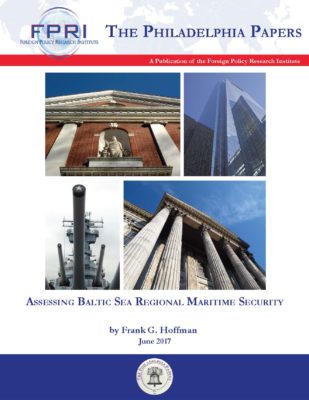A nation must think before it acts.
The views expressed here are the author’s own and do not represent those of any part of the U.S. Department of Defense or the U.S. government.
Abstract
Russia’s increasingly assertive behavior in Europe has raised concerns about the North Atlantic Treaty Organization’s (NATO) readiness for its principal mission of ensuring the security of its member states. The invasion of Ukraine in 2014 has gathered the most attention, but perceived threats against some NATO members, particularly in the Baltic Sea Region, are also the subject of much public debate. These activities and threats have caused a reassessment of Russian intentions as well as collective security in Europe in general and in the Baltics in particular. Russian threats and covert actions, such as nuclear threats, violations of airspace and suspicious undersea activity, subversion of the political integrity, and intense disinformation campaigns, increasingly challenge the security, stability, and prosperity of U.S. allies.
These factors have forced NATO to improve the Alliance’s readiness for rapid response and reassurance measures designed to deter further incursions by Russia. However, NATO and other actors overlook the maritime dimension in the region. The Baltic Sea Region is a unique center of maritime economic activity, which is threatened by Russia’s overtly aggressive behavior and could be destabilized by its more indirect methods. The region is a critical hub of economic activity that has numerous vulnerabilities to both direct military action and to hybrid threat activity. Both NATO and the European Union (EU) should pay increased attention to maritime security by developing a comprehensive maritime strategy and resourcing a Maritime Security Enhancement program as part of the European Reassurance Initiative.






